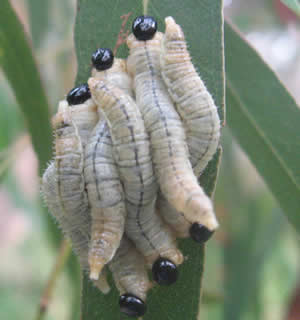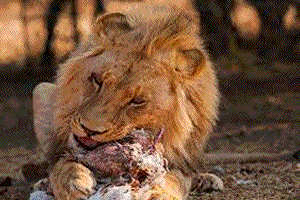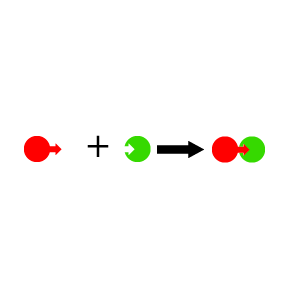Cold blooded vs warm blooded creatures.
A particle theory explanation

Cold-blooded creatures or ectotherms simply have no way of maintaining a constant internal body temperature. Ectotherms are subject to the environment to regulate their body temperature. During cold months, ectotherms hibernate or stay dormant for long periods of time and when the opportunity arises they expose themselves to the hot sun or lie on warm rocks to increase their body temperature. Only then can they search and hunt for food and avoid predators. Insects and reptiles are examples of ectotherms. Tropical regions are the only places where one sees insects and reptiles active all throughout the year.

Mammals and birds, however, are constantly investing their energy to maintaining a stable body temperature. This can be very costly in terms of energy use and supply of fuel, food, to maintain a stable core temperature.

Chemical reactions take place in the bodies of organisms to produce life sustaining energy. It is the speed with which the particles travel that enables them to react with each other. Particles that travel and high speed undergo collisions that allow for chemical reactions to take place to release energy for the organism to survive.
